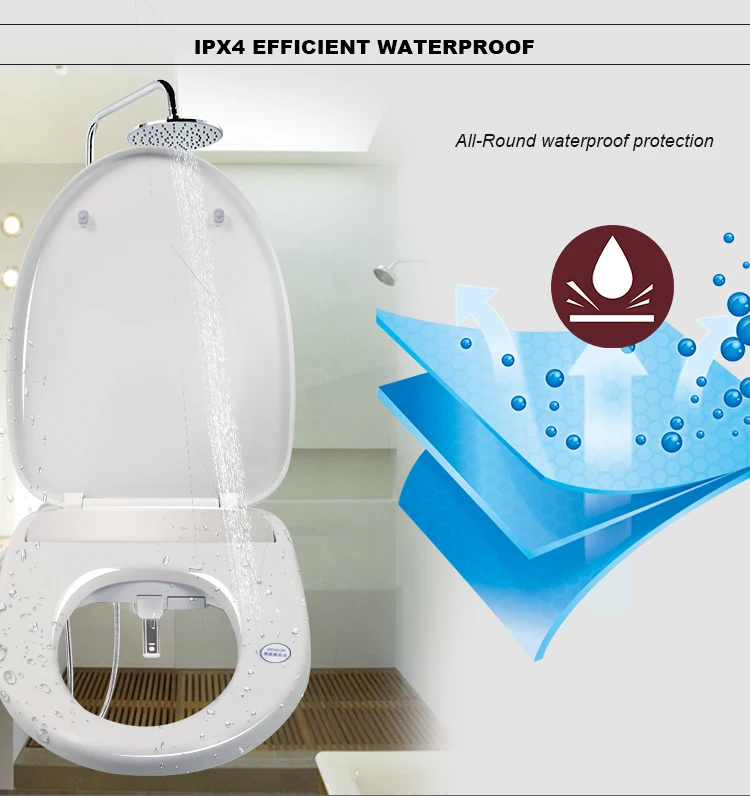

The size of your water heater will vary depending on your water usage habits. In addition, a family with 2 members may require a water heater with a water tank that is larger than 30 gallons.

In some cases, a family of this size may be able to get by with a 50 – 60 gallon water heater. For example, a family of 5 – 7 people may not require a 60 – 80 gallon water heater. The process of sizing a water heater will be different across family to family. The proper water heater size will be reliant on variables such as the number of people in your family and the average duration of your shower. These sizes are rough estimates for your home. If you live alone with a spouse, a 3o gallon water heater will provide you with enough warm water to shower, do laundry, and wash dishes. On the other hand, a household with 5 – 7 people may require a water heater with a 60 – 80 gallon water tank. For example, a family of 3 to 4 people should purchase a 50 – 60 gallon water heater. What size water heater do you need to accommodate your family? The answer to this question will vary depending on the total number of kids you have.


The pipework and fittings should be checked for their ability to cope with the additional pressure and it may be necessary to replace fittings.Our expert technicians are here for you Schedule Online Today Water Heater Sizes If renovations are being carried out, the hot water system should be converted to a mains pressure system – there are numerous options available. If the low pressure system is still in use, there is probably insufficient pressure to run some modern bathroom fittings. If there was insufficient roof space, that is, low pitched roofs or roofs with no roof space, the header tank was mounted on a timber platform on the roof. With most 1940s-60s hot water supply systems, limited water pressure or head was provided by a supply tank, usually installed within the roof space. The main disadvantages were the need to continually stoke and maintain the fire and the fact that it created unwanted heat during summer.ĭuring the 1960s, small 2, 3 or 5 gallon (9, 13.5 or 22.5 litre) electric mains pressure water heating units or boiling units were marketed for under or over bench installation in kitchens to provide a water supply at point of use.īack to top Low pressure hot water systems Solid fuel ranges used coal, coke or brickettes to heat the stove and the water. The other alternative for providing or boosting hot water was the installation of wetbacks into a solid fuel water heating system such as a solid fuel range, a chip heater, or an open fire. The cylinder was installed in a cupboard in the kitchen or off the laundry or hallway.Įarly state houses had a gas-fired or solid fuel copper boiler for laundry washing, but by the 1960s washing machines were becoming more widely available. Most 1940s-60s houses had electric hot water cylinders – typically a 30 gallon (136.4 litre) low-pressure cylinder. Ten years further on, in 1966, 98% of houses had hot water. In 1945 only three-quarters of houses had a hot water system, but by 1956 this had risen to 88%.


 0 kommentar(er)
0 kommentar(er)
